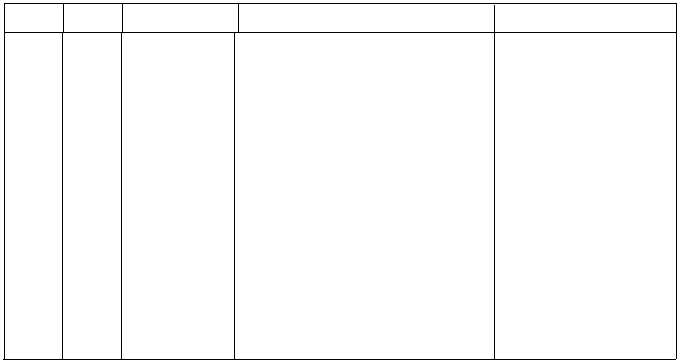TM 10-8340-205-13&P
(c) Small rips and holes, splitting of seams, lines which are beginning to rot, or anything else which does
not appear to be in a normal condition.
4.6 INSTALLATION INSTRUCTIONS .
a. Tools, Test Equipment. and Materials Required for Installation.
Mallet, Wooden (Appendix E)
Repair Kit, Tentage (Appendix E)
b. Assembly of Equipment. Refer to paragraph 2.7.
4.7 PRELIMINARY SERVICING AND ADJUSTMENT OF EQUIPMENT .
Perform the PMCS shown in Table 2-1.
SECTION III. UNIT PREVENTIVE MAINTENANCE CHECKS AND SERVICE
(PMCS)
4.8 GENERAL
To ensure that the tent is ready for use at all times, it must be periodically inspected and serviced so that
defects may be discovered and corrected before they result in serious damage or equipment failure. The
PMCS to be perform are listed and described in Table 4-1. The numbers in the Item No. column show the
order in which the check or service should be done. These numbers should be used when recording
deficiencies and shortcomings on DA Form 2404, Equipment Inspection and Maintenance Worksheet.
NOTE
Tents which are in administrative storage should be inspected semiannually;
however, the inspection should be limited to removing the cover to look for
mildew, insects, or rodent damage.
Table 4-1. Unit Preventive Maintenance Checks and Services
Item
Location of Item
Not Fully Mission
No.
Interval
to Check/Service
Procedure
Capable if:
NOTE
If the equipment must be kept in
continuous operation, do only the
procedures that can be done without
disturbing operation Make complete
checks and services when the equip-
ment is shut down.
1
Quarterly Tent Body
a. Fabric
Inspect for abrasions, mildew, holes, poor
Excessive abrasions, exces
condition of previous repairs, broken
sive mildew, large tears or
stitches, evidence of leaks, low tensile
holes Previous repairs are it
strength, and missing or damaged
poor condition. Missing
grommets.
stitches, evidence of leak
age, fabric tears easily an(
grommets are missing or ton
away from material causing
fabric to tear
4-3

